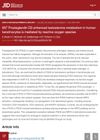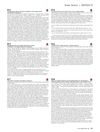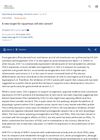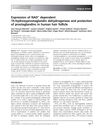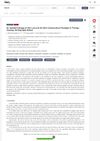Prostaglandin D2 Enhances Testosterone Metabolism by ROS-Mediated Altered Redox Potential in Keratinocytes
September 2017
in “
Journal of Investigative Dermatology Symposium Proceedings
”
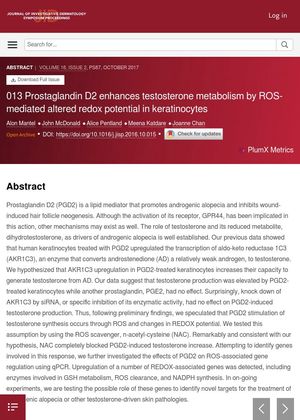
TLDR Prostaglandin D2 increases testosterone production in skin cells through a process involving reactive oxygen species, which could be a new target for treating hair loss and other skin conditions driven by testosterone.
The study from 2017 investigated the role of Prostaglandin D2 (PGD2) in promoting androgenic alopecia, a common form of hair loss. The researchers found that PGD2-treated human keratinocytes (skin cells) upregulated the transcription of aldo-keto reductase 1C3 (AKR1C3), an enzyme that converts a weak androgen to testosterone, suggesting an increased capacity to generate testosterone. However, inhibiting AKR1C3 had no effect on PGD2-induced testosterone production. The researchers then hypothesized that PGD2 stimulation of testosterone synthesis occurs through reactive oxygen species (ROS) and changes in REDOX potential. This was supported by the finding that a ROS scavenger completely blocked the PGD2-induced testosterone increase. The study also found that PGD2 upregulated several REDOX-associated genes, including those involved in glutathione metabolism, ROS clearance, and NADPH synthesis. These findings suggest potential new targets for treating androgenic alopecia and other testosterone-driven skin conditions.
